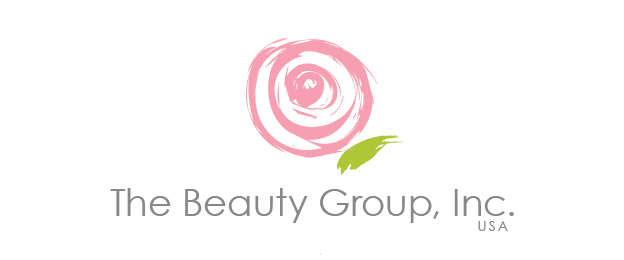
What's New in the Beauty & Cosmetics Industry
Korean Skincare Trends and US Beauty Market
It is no secret that Korean skin care trends are taking the beauty industry by storm in the United States! In fact, the BB Cream originated in Korea in 2011 and has been at the forefront of beauty ever since. Genetics do play a significant role, but Korean skin care regimens have helped some women defy the laws of aging. But why is that? It’s because Koreans highly value their complexion as an utmost investment in terms of both money and time.
Some of the latest trends according to Forbes.com is the Lancôme Miracle Cushion Liquid Cushion Compact. This all in one compact acts like a foundation and feels like a BB. Also listed as one of their top products is their Black Tea Instant Perfecting Mask. The mask is a cleansing and hydrating treatment. The black tea enzyme protects against wrinkles while softening and smoothening the skin.
One of the newest innovations is the Modeling Rubber Masks, used in top Korean skin spas. This new novelty is a step-up from regular sheet masks. When applied, the thick layer of rubber fully conforms to the shape of your face, allowing mineral-rich nutrients to be absorbed without the risk of evaporation. It’s available in a wide assortment, including: Charcoal to deep-clean pores, Gardenia for antioxidant-rich, Lavender to help cleanse and combat environmental pollutants and Calendula for acne-prone skin types.
With tips and tricks for youthful, glowing skin passed down from generations, it’s no wonder Korean beauty was a top ethnic beauty search term for Google in 2014.
Internet-Based Companies and Millennials Fuel Cosmetics Industry Growth
The global cosmetics market continues to see robust growth, with the United States leading as the largest cosmetics market in the world. According to Statista.com, the U.S. cosmetics market had an impressive estimated total revenue of 56.6 billion dollars in 2013, while employing over 56,000 people. These numbers are expected to rise, with projected revenue of over 62 billion dollars in 2016. This growth is being driven, in large part, by the increase in Internet-based companies. In 2010, online stores and home-based businesses generated over 7 billion dollars in sales.
Another trend that has been a key factor in driving increased sales is the entrance of Generation Y (Millennials) into the workforce. According to Statista, Gen Y consumers had an above average spending index, compared to other shoppers, when purchasing cosmetics and personal care products. In addition, this group of consumers consistently expressed the importance of brand loyalty as part of their buying decisions. In fact, 52% of Millennials in the U.S. that were surveyed felt it was important to stay loyal to a brand.
As the global cosmetic market continues to grow, companies will need to focus their efforts on innovation in product development to attract new customers, and maintain brand loyalty among existing customers.






